Most everybody is familiar with the term Trojan Horse, drawn from Greek mythology. It’s a tale from the Trojan War where, after a fruitless 10-year attempt to capture the city of Troy, the Greeks constructed a huge wooden horse, left it outside the city walls, and then sailed away, seemingly accepting defeat. The Trojans were elated,… Read More
 Cost, Cycle Time, and Carbon aware TCAD Development of new TechnologiesOur good friend Scotten Jones wrote a paper…Read More
Cost, Cycle Time, and Carbon aware TCAD Development of new TechnologiesOur good friend Scotten Jones wrote a paper…Read More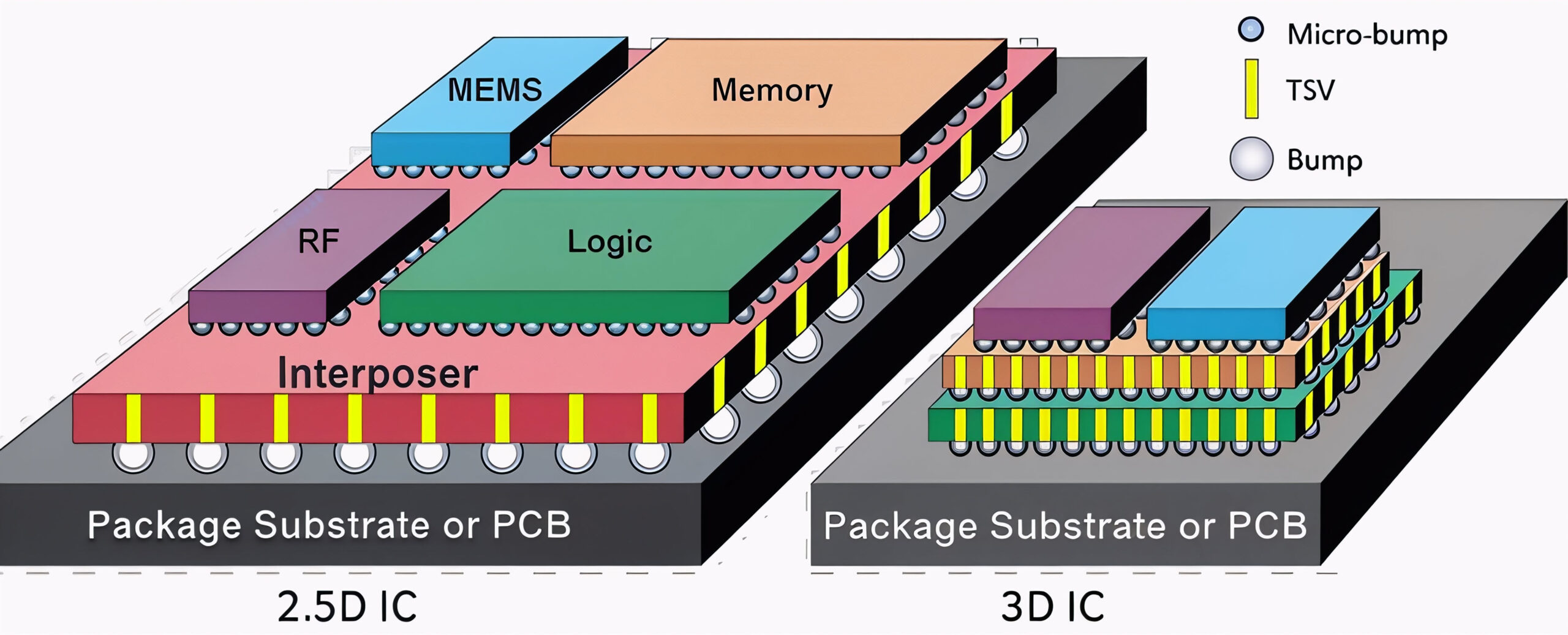 3D ESD verification: Tackling new challenges in advanced IC designBy Dina Medhat Three key takeaways 3D ICs…Read More
3D ESD verification: Tackling new challenges in advanced IC designBy Dina Medhat Three key takeaways 3D ICs…Read More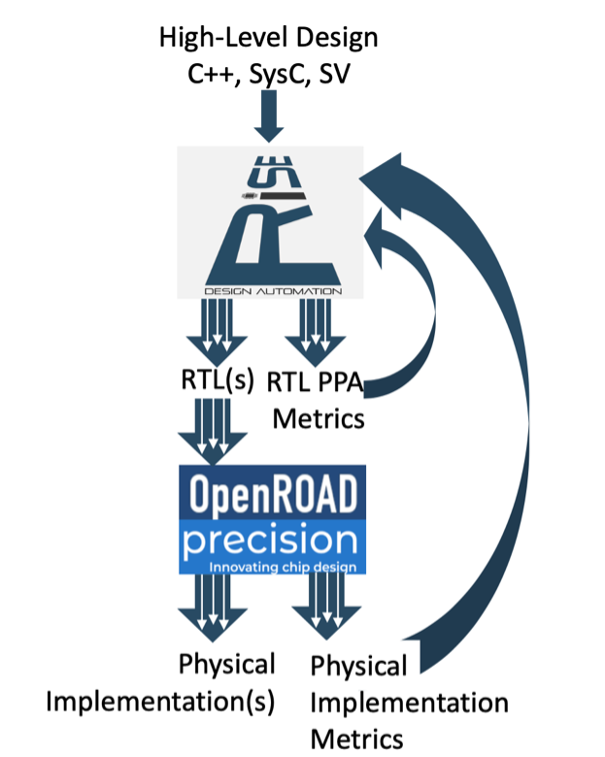 Reimagining Architectural Exploration in the Age of AIThis is not about architecting a full SoC…Read More
Reimagining Architectural Exploration in the Age of AIThis is not about architecting a full SoC…Read MoreTop 5 Things to Know About Recent IoT Attacks
Recent internet attacks resulted in popular sites becoming unreachable, such as Twitter, Etsy, Spotify, AirBnB, Github, and the New York Times. These incidents have brought to light a new threat to online services: Internet of Things (IoT) botnets. Distributed Denial of Service (DDoS) attacks have been commonplace for over… Read More
How to Secure the Future of IoT
The world of IoT security just became more complex. IoT devices are no longer a potential threat to their owners, now they pose a significant threat to everything connected to the Internet.… Read More
The IP Paradox: Sales are growing despite Semi Consolidation
IPnest is launching the “Interface IP Survey” since 2009, and we did it last September again. To build the survey as accurately as possible, I have followed the “divide and conquer” strategy. Interface protocols are varied, ranging from PCI Express, USB, or Ethernet, to memory controller (DDR3, DDR4, LPDDR3, LPDDR4 and more) … Read More
Can one flow bring four domains together?
IoT edge device design means four domains – MEMS, analog, digital, and RF – not only work together, but often live on the same die (or substrate in a 2.5D process) and are optimized for power and size. Getting these domains to work together effective calls for an enhanced flow.
Historically, these domains have not played together … Read More
Is That PDK Safe to Use Yet?
In our semiconductor ecosystem we have foundries on one side supplying all of that amazing silicon technology, and IC designers on the other side that take their system ideas then go implement them in a SoC using a specific foundry. The required interface between foundry and chip designers has been the Process Design Kit (PDK), … Read More
Mentor Webinar Series: Integrating the Systems Engineering Flow
Product lifecycle management is probably not the most gripping topic for most design engineers. You want to get on with architecture, design, verification and implementation. But if you are building products for any safety-sensitive application in a car, a medical appliance, avionics, railway applications in Europe – to name… Read More
Between Waze and a Thin Hard Place
Car makers, semiconductor companies and wireless carriers are all excited these days about creating cars that can drive themselves. Billions of dollars are being spent on acquisitions and investments in companies and technologies that can make this happen. But there is a fly in the ointment by the name of Waze.
To create cars capable… Read More
Manufacturing Singularity is Comng!
One of the many benefits of blogging is that you get to meet some very interesting people. This time I had the pleasure of speaking with Michael Ford of Mentor Graphics about Industry 4.0 and smart factories. In fact, Mentor has an excellent series of white papers titled “Is This a Manufacturing Revolution?” from their Valor Division,… Read More
The Ising on the Cake
Just when you thought you knew all the possible foundations for computing, along comes another one. Forget von Neumann, this approach models Ising machines, systems built on solving a statistical ensemble model of ferromagnetism. The concept is quite simple. Imagine a lattice of magnetic dipoles/spins, each of which can only… Read More


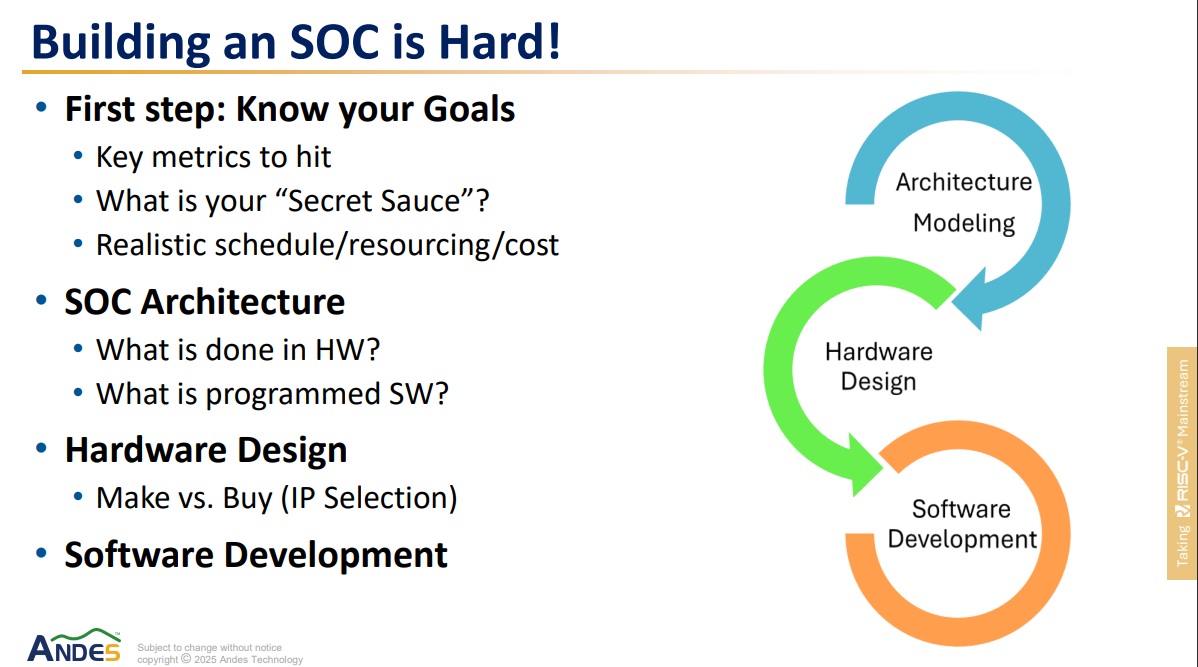

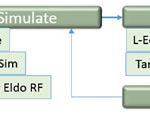
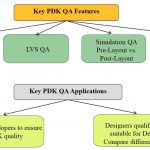

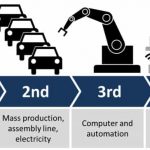
Quantum Computing Technologies and Challenges